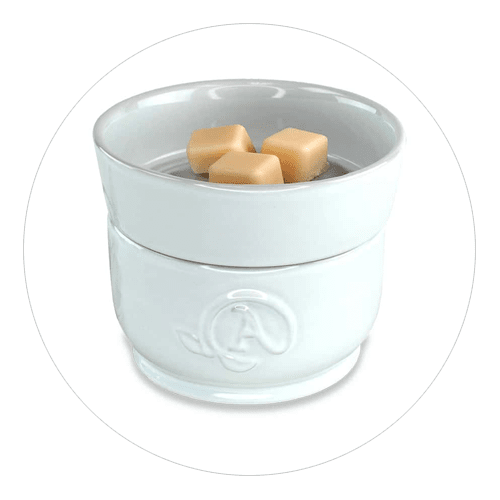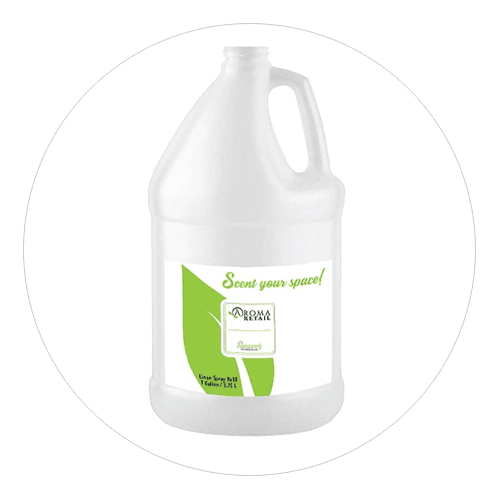Wine Vineyard Scent
Wine Vineyard Scent The full spectrum of a Napa Valley winery, from the aged grapes and full body of a sweet red wine, to the green and brown grape leaves, dry vines, rich soil, and light blossoms. Other elements that help make this unique scent possible include strawberry, plum, pear, jasmine, plum blossom, freesia, cedarwood, sandalwood, vanilla, and musk.
Ingredients: Aged Grapes, Soil, Plum Blossom, Red Wine, Strawberry, Musk, Grape Leaves, Plum, Freesia, Vanilla, Dry Grape Vines, Cedarwood, Jasmine, Pear, Sandalwood
Wine Vineyard
A vineyard is often characterized by its terroir, a French term loosely translating as “a sense of place” that refers to the specific geographical and geological characteristics of grapevine plantations, which may be imparted in the wine. Wine making technology improved considerably with the ancient Greeks but it wasn’t until the end of the Roman Empire that cultivation techniques as we know them were common throughout Europe.
The earliest evidence of wine production dates from between 6000 and 5000 BC.[1] Wine making technology improved considerably with the ancient Greeks but it wasn't until the end of the Roman Empire that cultivation techniques as we know them were common throughout Europe.
In medieval Europe the Church was a staunch supporter of wine, which was necessary for the celebration of the Mass. During the lengthy instability of the Middle Ages, the monasteries maintained and developed viticultural practices, having the resources, security, stability and interest in improving the quality of their vines. They owned and tended the best vineyards in Europe and vinum theologium was considered superior to all others.
European vineyards were planted with a wide variety of the Vitis vinifera grape. However, in the late 19th century, the entire species was nearly destroyed by the plant louse phylloxera accidentally introduced to Europe from North America. Native American grapevines include varieties such as Vitis labrusca, which is resistant to the bug. Vitis vinifera varieties were saved by being grafted onto the rootstock of Native American varieties, although there is still no remedy for phylloxera, which remains a danger to any vineyard not planted with grafted rootstock.








































